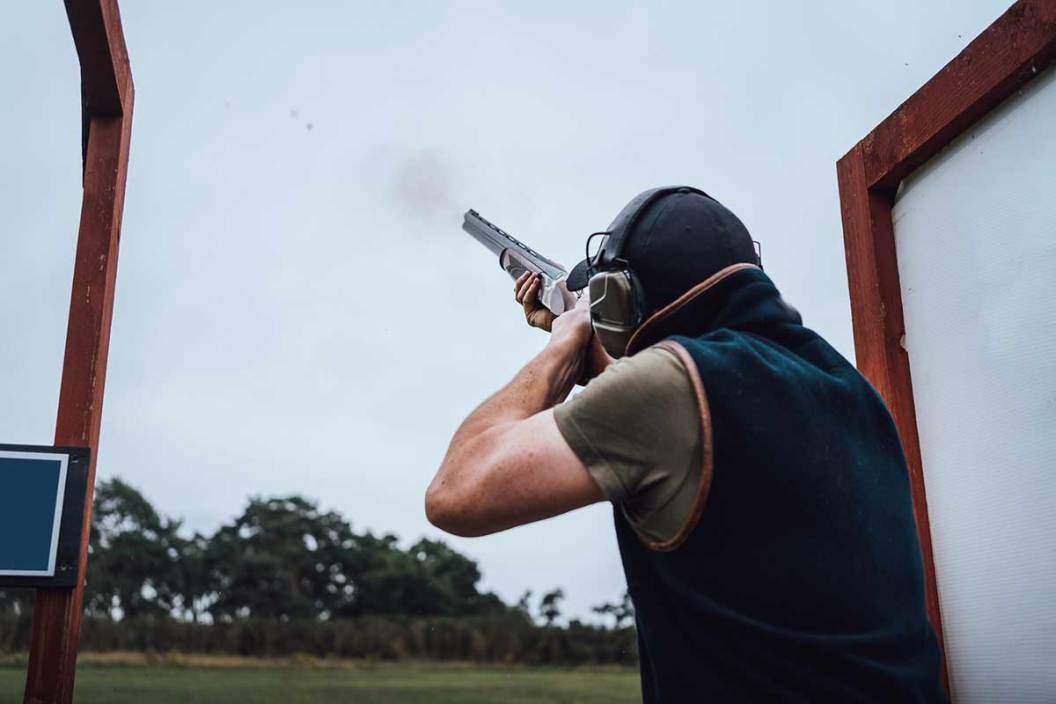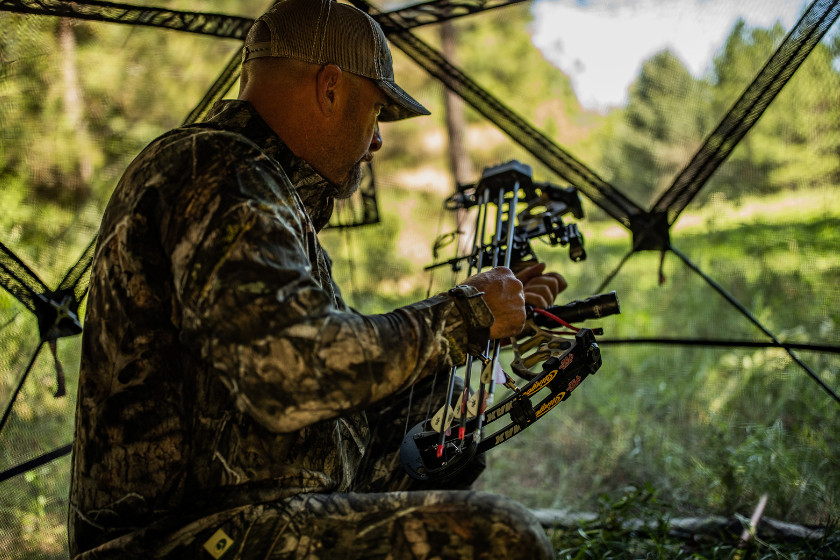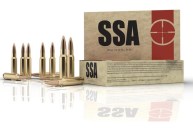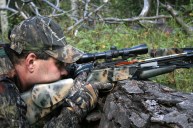The idea of shooting with your off hand is an old one, but it tends to take a back seat to the practice we do before and sometimes during the season. For recreational shooters who just want to change things up, this could be a fun and competitive thing to do with your friends and family, but we highly recommend that you go about it the right way before committing to actual hunting or competitive shooting scenarios.
For the seemingly simple task of switching hands when a game animal is walking up on your off hand side, you're going to want to know ahead of time that you can pull it off without endangering yourself. For the lefties out there in the sporting world, you're stuck with the fact that most of the rest of us are righties and most firearms are built with that in mind.
This is to say that most bolt-action and semi-automatic rifles and shotguns eject the spent round on the right side, where there is no arm stretched out to hold the long gun. Also, after taking the shot, you would have to manipulate the bolt with your weak hand. Sure, most firearms manufacturers make left-handed versions of their best-selling guns, but the same thing can happen for a leftie when wild game comes into range on their left side and stays there. And then there is the issue of using a compound bow with your off hand as well. We'll take a look at each situation, and help assist with some generalized tips.
Bowhunting
Many forums will offer up the interesting answer that, yes, you can shoot a compound bow with your off hand, but with a couple of caveats. With the availability of left-handed equipment, it seems to become a moot point, but we're talking about the need to take a shot at a game animal when it might only offer that from the opposite side.
The fact is that many archers can shoot a left-handed bow using their right hand (or vice versa), although this doesn't allow for great aim or accuracy since the arrow rest is on the wrong side. This is simply to say that, with a little practice, that shooter buck you've been watching all season isn't always going to do what you expect, and you may have to "break the rules" to get a shot on him.
As with any shooting practice, it is all about using whichever eye is your dominant eye and becoming the best shooter you can in that fashion. Back in the day, you may have had a bit of trouble with the striker coming back and hitting you on the hand, but adjusting the cams should help. It is uncommon to have the need to suddenly take a shot with your off hand, but without being ready for the situation, you'll never know what might have been.
Long Guns
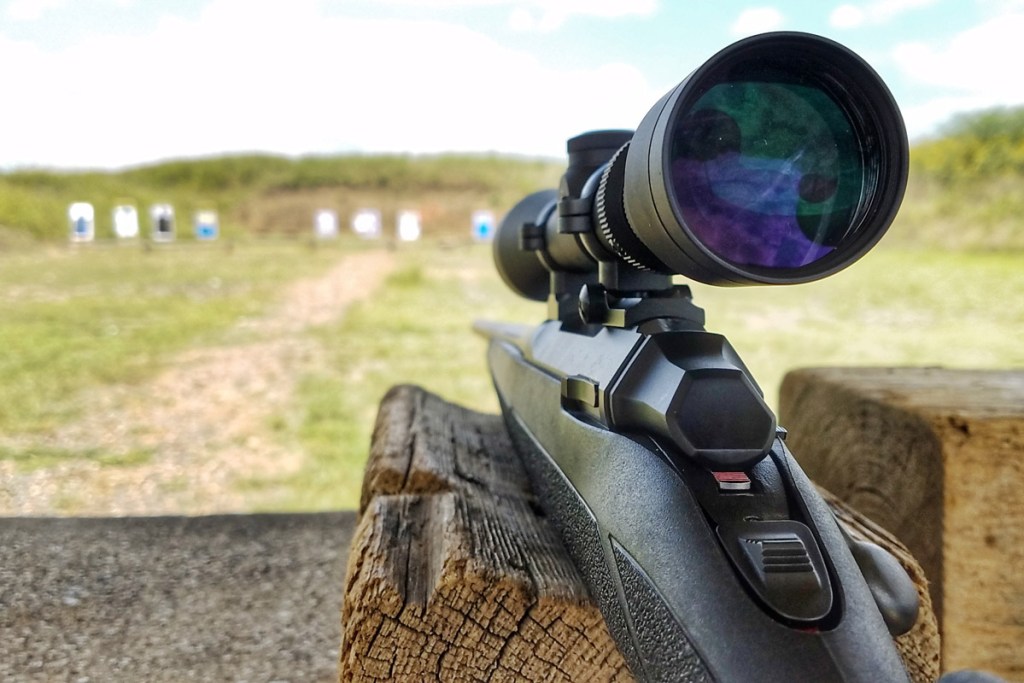
While there are many variables in shooting with your off hand, no success comes without practice. I'm one of the fortunate ones who decided to do this before the need arose. Way back in 1993, just one month before my son was born, a big 10-point buck we all had our eyes on came in opening morning about 90 degrees to my right and stayed there. At the time, I was still using an older-model Winchester pump 12-gauge with a smooth-bore barrel, regular deer slugs, and open sights. Before the season, when I was sighting in, I took it upon myself to practice multiple shots with the shotgun in a left-handed shooting position.
As any right-handed hunter will tell you, trying to turn far enough to our right to take a shot is tough in most situations, so the substitute of slowly and calmly switching hands can be a great alternative. As luck would have it, that is one of the few deer I have taken with my off hand, but by far the finest—yet I might not have been successful without taking the time to get confident in doing so ahead of time.
The Variables
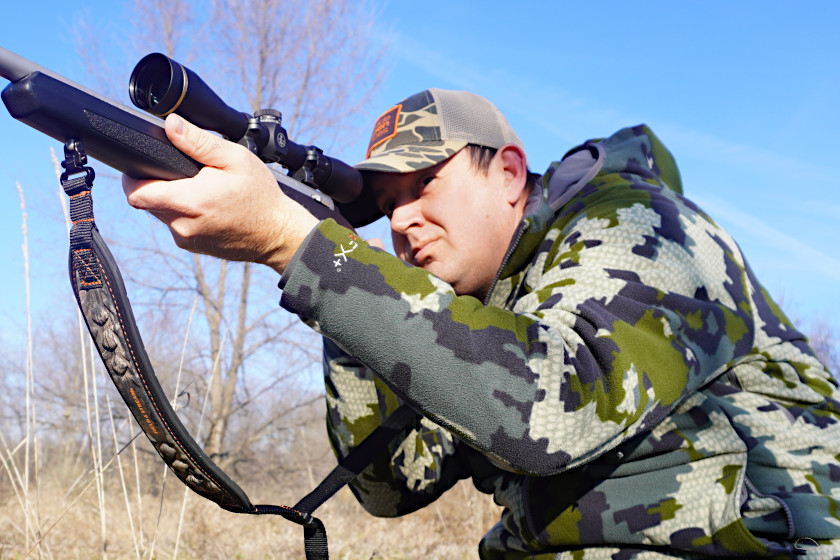
Travis Smola
We all strive to get dialed in before the season begins, usually from the shooting bench, the standing position, and often with an aid like a set of shooting sticks. But when the season opens, are we always ready for these variables when we're on stand?
- Optics that work for you and not against you
- The inevitable movement
- Practice
Here's where dry-fire exercise can help tremendously—then you can move to doing some downrange shooting, which is where the rubber meets the road. Since your long guns have different balance in the hands and fit in your arms, you're going to need to find that equilibrium of feel and function all over again in your off hand, and practicing that way is paramount.
I can remember like it was yesterday all those years ago when I made the decision to start moving my gun into position—out of my right hand and into my left—to try to line it up on that big buck. It took a lot of effort to wait until the deer had his head down or was looking away, as I had the shotgun across my lap in the opposite direction at the time. You'll need to get your lead hand into the proper position, calmly get your sights on target—and, above all, remember to squeeze and not pull the trigger.
When optics are involved, it is almost an imperative to stick with ethical shots that are in a closer range, meaning that you will be using a power that is on the lower end of your scope's ability. Practicing with your optics when using your off hand is highly necessary, even though it may cost you a little more money in ammunition. When the moment of truth comes and you have a kill shot, you won't remember those few dollars—only the ones you may be giving to the taxidermist.
Please check out my book "The Hunter's Way" from HarperCollins. Be sure to follow my webpage, or on Facebook and YouTube.
